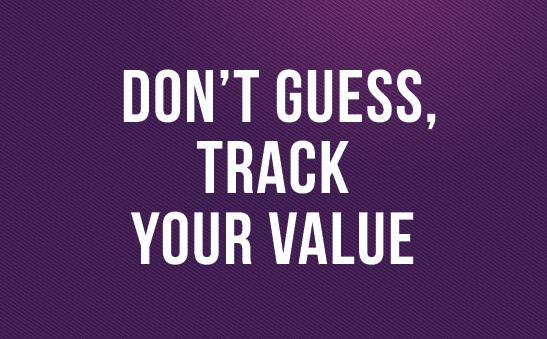How Experiential Marketing Can Be Measured – And Measured Effectively

Experiential marketing isn’t your average branding approach.
So naturally – like pretty much anything that stretches boundaries and carves out new frontiers – there are some misunderstandings about experiential marketing that even some C-suite marketers have.
There is, for example, this notion that experiential marketing – its effects, that is – cannot really be measured.
This is a myth that we briefly deconstruct in another blog piece; here, we’re going to add more depth to the conversation and explore some of the ways that the impact of a live brand experience can be measured.
For starters – and again, this has been discussed in another piece, so we won’t belabor the point – the traditional metrics used in advertising like CPT don’t really fit the objectives and capabilities of experiential marketing campaigns, so applying these metrics to experiential marketing will yield data that is fairly meaningless. But – and this is what experiential marketing specialists understand well – just because the traditional advertising metrics don’t fit experiential doesn’t mean that experiential marketing’s impact can’t be measured rigorously.
In fact, experiential marketing is the perfect vehicle for capturing data that other ad methods are largely unable to: because live brand experiences are interactive, it is a powerful approach to collecting consumer attitudes and perspectives (which can be assessed both quantitatively and qualitatively). Attendees are far more likely to respond to surveys if they are in an interactive setting which benefits them by virtue of an unforgettable, ganglia-stimulating experience.
With that said, here just a few approaches to measuring the effects of an experiential marketing campaign:
Talented brand ambassadors, promotional models, and other field staff are able to make robust estimates of the number of interactions that occur during the activation. The number of interactions can then be used to estimate the approximate amount of immediate word-of-mouth marketing; while exact numbers differ slightly by industry, empirical research suggests that each engaged attendee spreads word-of-mouth marketing to 17 other people.
If aspects of the experiential marketing campaign are used to drive website visitors, then the number of website visitors that results shortly after the live brand experience can be compared to the number of visitors that regularly visited the website prior to the launch of the campaign.
Sales driven by the experiential marketing campaign can be tracked by comparing the number of vouchers or online codes that are used after the campaign vs. before the campaign.
Participants can be contacted in the weeks or months after the experience to gauge the strength of their brand loyalty vs. loyalty levels before the campaign. In addition, carefully designed loyalty programs that rigorously track consumer behaviours can also be utilized to estimate the impact of the campaign in fostering customer loyalty over the long-term.
To measure the effectiveness of the interactive experiences in creating a clear brand personality, the attendees can be surveyed; their responses can then be compared (qualitatively and quantitatively) to non-participants.



